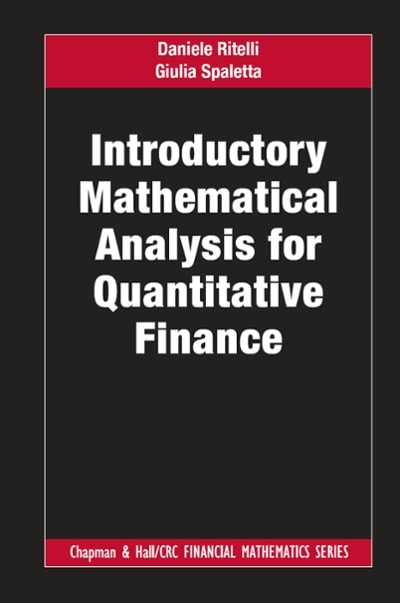Question
Player A chooses a random integer between 1 and 100, with probability pj of choosing j (for j = 1, 2,..., 100). Player B guesses


Player A chooses a random integer between 1 and 100, with probability pj of choosing
j (for j = 1, 2,..., 100). Player B guesses the number that player A picked, and receives
that amount in dollars if the guess is correct (and 0 otherwise).
(a) Suppose for this part that player B knows the values of pj . What is player B's
optimal strategy (to maximize expected earnings)?
(b) Show that if both players choose their numbers so that the probability of picking j is
proportional to 1/j, then neither player has an incentive to change strategies, assuming
the opponent's strategy is fixed. (In game theory terminology, this says that we have
found a Nash equilibrium.)
(c) Find the expected earnings of player B when following the strategy from (b). Express
your answer both as a sum of simple terms and as a numerical approximation. Does the
value depend on what strategy player A uses?
16. The dean of Blotchville University boasts that the average class size there is 20. But
the reality experienced by the majority of students there is quite di?erent: they find
themselves in huge courses, held in huge lecture halls, with hardly enough seats or
Haribo gummi bears for everyone. The purpose of this problem is to shed light on the
situation. For simplicity, suppose that every student at Blotchville University takes only
one course per semester.
(a) Suppose that there are 16 seminar courses, which have 10 students each, and 2 large
lecture courses, which have 100 students each. Find the dean's-eye-view average class
size (the simple average of the class sizes) and the student's-eye-view average class size
(the average class size experienced by students, as it would be reflected by surveying
students and asking them how big their classes are). Explain the discrepancy intuitively.
(b) Give a short proof that for any set of class sizes (not just those given above), the
dean's-eye-view average class size will be strictly less than the student's-eye-view average
class size, unless all classes have exactly the same size.
(a) Fred visits Blotchville again. He finds that the city has installed an electronic display
at the bus stop, showing the time when the previous bus arrived. The times between
arrivals of buses are still independent Exponentials with mean 10 minutes. Fred waits
for the next bus, and then records the time between that bus and the previous bus. On
average, what length of time between buses does he see?
(b) Fred then visits Blunderville, where the times between buses are also 10 minutes on
average, and independent. Yet to his dismay, he finds that on average he has to wait more
than 1 hour for the next bus when he arrives at the bus stop! How is it possible that the
average Fred-to-bus time is greater than the average bus-to-bus time even though Fred
arrives at some time between two bus arrivals? Explain this intuitively, and construct a
specific discrete distribution for the times between buses showing that this is possible.
43. Fred and Gretchen are waiting at a bus stop in Blotchville. Two bus routes, Route 1
and Route 2, have buses that stop at this bus stop. For Route i, buses arrive according
to a Poisson process with rate.



Step by Step Solution
There are 3 Steps involved in it
Step: 1

Get Instant Access to Expert-Tailored Solutions
See step-by-step solutions with expert insights and AI powered tools for academic success
Step: 2

Step: 3

Ace Your Homework with AI
Get the answers you need in no time with our AI-driven, step-by-step assistance
Get Started


